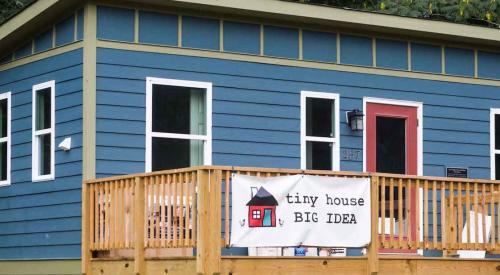Lack of competition in the home building industry leads to approximately 150,000 fewer homes a year, according to a recent working paper by economists Luis Quintero and Jacob Cosman of Carey Business School at Johns Hopkins. When the housing market crashed in 2008, the builders who recovered found a significantly thinned out playing field. This lack of competition gives the strongest contenders in each local area an immense advantage to control the pace at which they build.
From 2006 to 2015, the number of builders who controlled 90 percent of a typical market dropped by a quarter, according to a recent working paper by economists Luis Quintero and Jacob Cosman of Carey Business School at Johns Hopkins.
The economists find this dwindling competition has cost the country approximately 150,000 additional homes a year — all else being equal. With fewer competitors, builders are under less pressure to beat out rival projects, and can time their efforts so that they produce fewer homes while charging higher prices.
From 2013 to 2017 home prices grew more than twice as fast as they would have if the market hadn’t consolidated, the economists found.
To be sure, industry experts note that the creeping oligopolies that have come to define the housing market are often a symptom of deeper problems with scarcity of land, cost of labor, restrictive zoning, NIMBYISM (also known as not-in-my-backyardism) and the financial markets.
On a national scale, mergers among building behemoths, such as Lennar’s 2017 union with CalAtlantic, have increased the market share of the top 20 builders from 21 percent in 2008 to 29 percent in 2018, according to the National Association of Home Builders. But a casual observer still might not consider the housing market as an oligopoly. After all, there are still thousands upon thousands of builders across the country.













